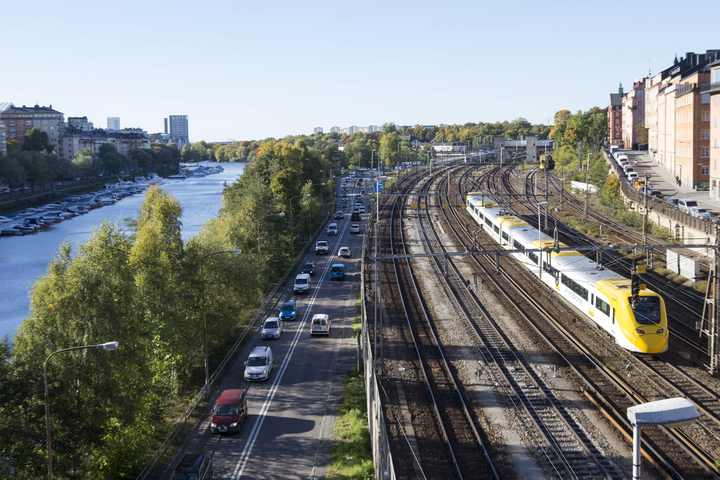This piece is co-written with Jukka-Pekka Pitkänen, Director for Smart Mobility at Ramboll

Movement is the lifeblood of a city but as many of us who live in cities know only too well, that movement can be far from smooth. Traffic jams, unreliable public transport and difficult conditions for pedestrians and cyclists can cause damage to health, well-being, productivity and the climate. And these challenges are increasing, according to the World Bank and other experts.
Transport is arguably the most difficult sector to decarbonise and even in the EU emissions continue to rise despite falling in other sectors. It is therefore timely that the challenges facing mobility will be on the agenda at COP23, the UN’s climate conference in Bonn.
There are ways to reduce congestion while fostering faster, greener and cheaper transportation – a concept we call smart mobility. Basically smart mobility is about ccombining Intelligent Transport Systems, which involve utilising sensing technologies like cameras, radar and traffic counters, with the use of data from the internet and smartphones. In addition, vehicles themselves are becoming more intelligent and on-board systems in cars, busses and trams are helping help improve traffic flow and making mobility safer, greener and more punctual.
Making mobility truly smarter
Smart mobility is not simply about replacing private cars with driverless electric pods. We need to reduce the number of, and dependence on, vehicles, and we should make more space for cycling and walking - both of which have huge health benefits as well as being non-polluting. That would create space for people, make our cities more pleasant spaces to be in, help clean the air, and reduce CO2 emissions and noise.
Technology is at the core of this. But an important part of the solution is also considering the transport options of a city in their entirety - from maximising public spaces to more sustainable infrastructure such as bike paths to smart parking and car sharing and better traffic information.
Mobility as a service
Improving the way we use existing transport infrastructure and encouraging people to share modes of transport is one way of making mobility smarter.
A successful example of this is MaaS, or Mobility as a Service, which aims to optimise existing transport networks. Already launched throughout several cities in Finland as well as being piloted in Copenhagen and Birmingham in the UK, it is a user-friendly platform that integrates different modes of transport, both public and private.
MaaS is based on consumers buying the precise mobility services they need instead of the means of mobility. Users can access an app that seamlessly combines transport and payment options. It’s a simple but effective idea that combines the use of technology with existing transport and infrastructure so it’s easy for cities and more importantly, the people who live there, to adapt.
Services such as MaaS not only help people and goods move more efficiently, they also go a long way towards making cities more sustainable and liveable.